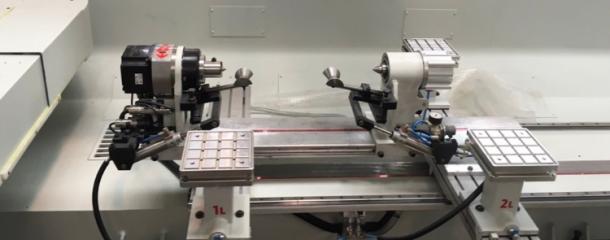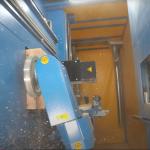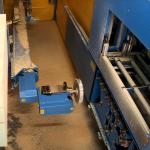6th axis
Záznam uvidíte za
       A 6th axis is usually part of CNC-machining centres or milling machines, which already have 5 axes which for different reasons are insufficient. Problem: Theoretically with a milling spindle with 5 axes, every point within the working range in every arbitrary angle can be reached. Therefore 5 axes are sufficient in order to mill every arbitrary workpiece. But it would mean a relatively big effort or it'd be practically impossible, to process a workpiece from the bottom as it has to be stretched. This problem often occurs during chair production where parts have to be processed three-dimensionally from all sides. Mostly the solution is the workpiece, similar to the lathe, clamped between two peaks and is CNC-controlled via a rotaionale axis and can be pivoted during the process. In the shape construction CNC-controlled pivoting tables are partially used. The purpose of it is that even big workpieces can be processed with a relatively small working range of milling spindles. A 6th axis is also often found in joinery machines, as the workpieces here usually have large dimensions and often have to be machined from below. Here, however, the 6th axis is found in the milling unit, as CNC-controlled turning of the heavy and large workpieces would be much more complicated. |
CNC obrábění895
Opracování hran632
Pílení438
Hoblování188
Frézování181
Vrtání, Dlabání135
Lisování, Spájení201
Broušení323
Dopravníky, Skladování, Balení202
Povrchová úprava152
Výrobní linky127
Topení, Sušení, Drcení62
Odsávání, Stlačený vzduch, Vakuum135
Technika montáže, pracovní stoly15
Soustružení29
Nástroje, Ostřeší91
Ostatní, Příslušenství132




